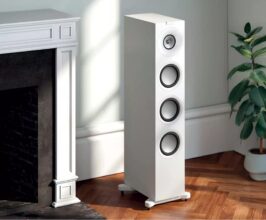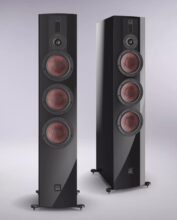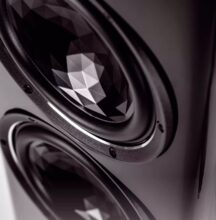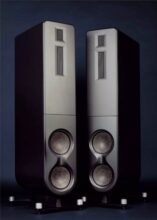Neat Acoustics Mystique Classic Loudspeaker Review
The last of Neat’s Classic trilogy has a more potted history than its siblings. EdSelley finds out if the Mystique is back for good.
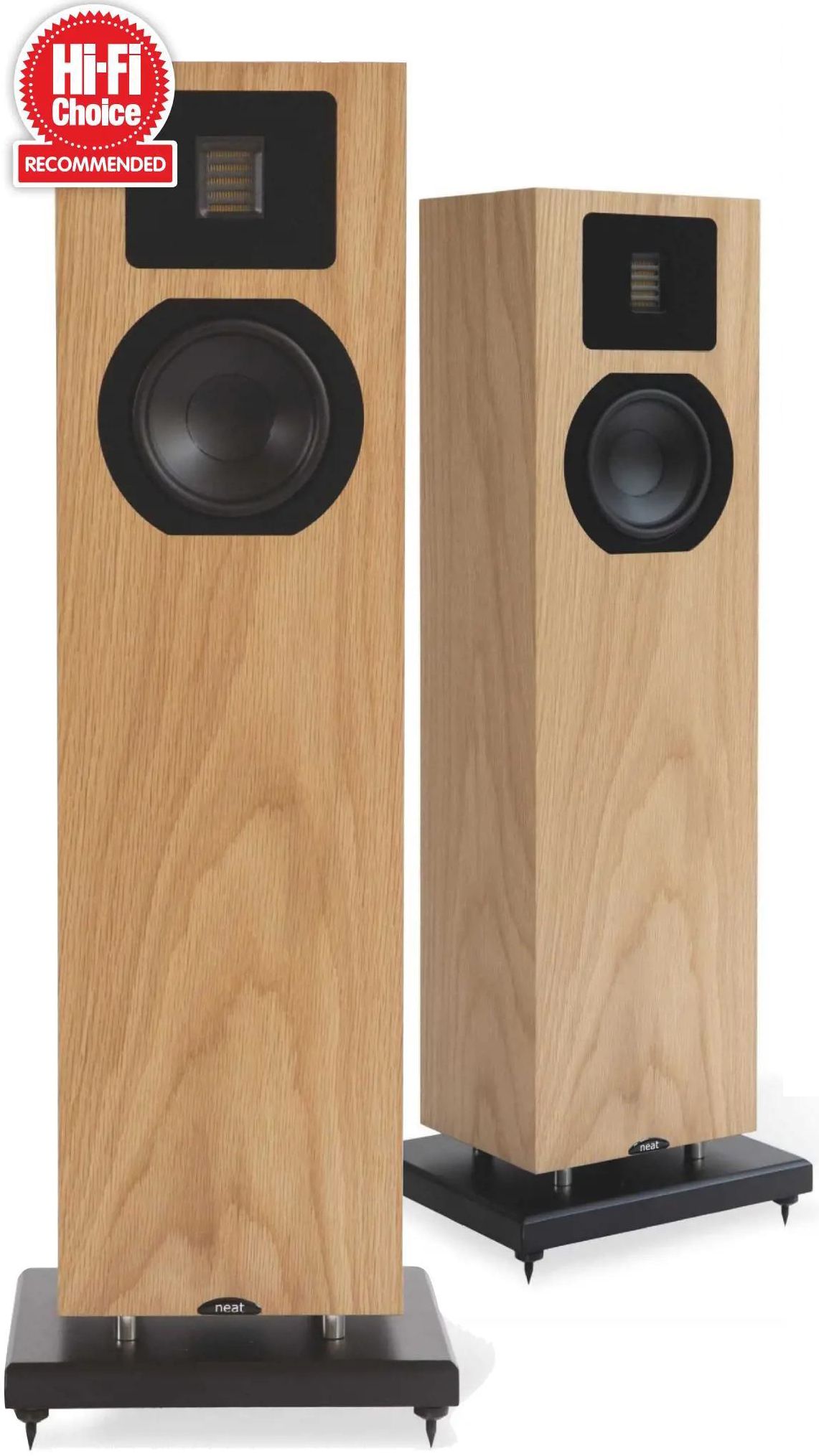
DETAILS
| Feature | Specification |
|---|---|
| Product | Neat Acoustics Mystique Classic |
| Origin | UK |
| Type | 2-way floorstanding loudspeaker |
| Weight | 10 kg each |
| Dimensions (WxHxD) | 200 x 780 x 160 mm |
| Features | – Air Motion transformer tweeter |
| – 134mm mid/bass driver | |
| Claimed Sensitivity | 86dB/1W/1M (8 ohm) |
| Distributor | Neat Acoustics |
| Website | Neat Acoustics |
Revisiting the past has been a lucrative undertaking for a fair few manufacturers of late and Neat Acoustics has been especially adept at it. Both the Petite Classic and Elite Classic (HFC 495 and 511 respectively) have been taken from the early days of the company and, with apparently impressively little modification, turned into spectacularly good options for the present day. It’s now the turn of the Mystique to receive the same treatment.
The process to create the Mystique Classic is a little different, though, because its history isn’t the same as the Petite and Elite. An original model was made between 1994 and 1997 before a MkII version with updated tweeter remained in production until 2005. The Mystique was then replaced by the Motive SX2 and never moved to an SX version, meaning it has in fact been nearly 19 years since it was on sale.
Nothing I listen to on the Mystique Classic so much as dents the feeling of joy
The one unifying component of all the Classic models is an air motion transformer tweeter. Neat has now been using these for some years with considerable success. The installation and mounting looks to be identical to that of the Petite and indeed the top of the cabinet is proportionally identical to the standmount. Things begin to change around the back, however, where there is no secondary port at the top of the cabinet.
Neat’s owner and designer Bob Surgeoner feels that this is not required because the Mystique uses a different partnering driver to both the Petite and the Elite. This is a 134mm coated paper unit that has seen extended use in the Motive models. It is sufficiently benign in its behaviour that there is no requirement for the secondary port tuning of the other two models and it works better in this larger cabinet than the SB 15 unit in the Petite – which is optimised for smaller volumes. The crossover is a minimalist type that hands over at 3.8kHz and connects to a pair of small but sturdy speaker terminals.
The Mystique uses the same arrangement as the Elite for its main port. A circular one is mounted on the underside of the cabinet and acts against the plinth which becomes a fixed boundary, thanks to four metal columns that sit between it and the cabinet. This arrangement makes the Mystique unfussy in placement and almost completely unaffected by boundaries during testing. The only element of caution I need to sound is that the 86dB/W sensitivity means low-powered amplifiers might struggle a little to drive it.
The aesthetic updates are in keeping with the other Classic models and are every bit as effective here. Despite the name, there’s very little about the styling that feels ‘classic’ and, in the white finish in particular, this is not a speaker that screams retro. As well as the white, a black finish is available for the same price with oak and walnut commanding a small premium.
Sound quality
Neat has considerable expertise in the field of making speakers that sound significantly bigger than they look and the Mystique makes use of all of this hard-won knowledge. The effect is more than the Classic simply having plenty of bass to it (although, as we’ll come to, it does), instead, the same effortless airiness that results from the combination of the air motion transformer and proportionally wide front baffle is readily apparent. This allows the vast Songs Of Silence by Vince Clarke to have the space and scale it really needs to sound completely convincing.
Crucially, this sound is never diffuse and neither do smaller scale recordings sound blown out or disproportionate. DNA by The Kills is delivered as a crunching, analogue ‘there in the room’ presentation as it should be. This is helped by an invigorating combination of superb tonality and seamless handover between the two drivers. Allison Mossheart sounds tangibly real and utterly convincing, absolutely distinct from the heavy guitar riffs behind her but never detached from them. Compared with the larger Elite, the Mystique feels fractionally less detailed but not to the point where it appears anything is actively missing.
And, as noted earlier, the Mystique gives away very little to its bigger sibling in terms of bass extension. In my room I have usable output down to nearly 30Hz and this feels like a logical and wholly organic extension from the midrange down. You might look at the Mystique and assume it’s going to struggle in larger spaces, but that’s far from the case. What’s more, this is good bass as well; detailed and articulate and free of any sense of sluggishness.
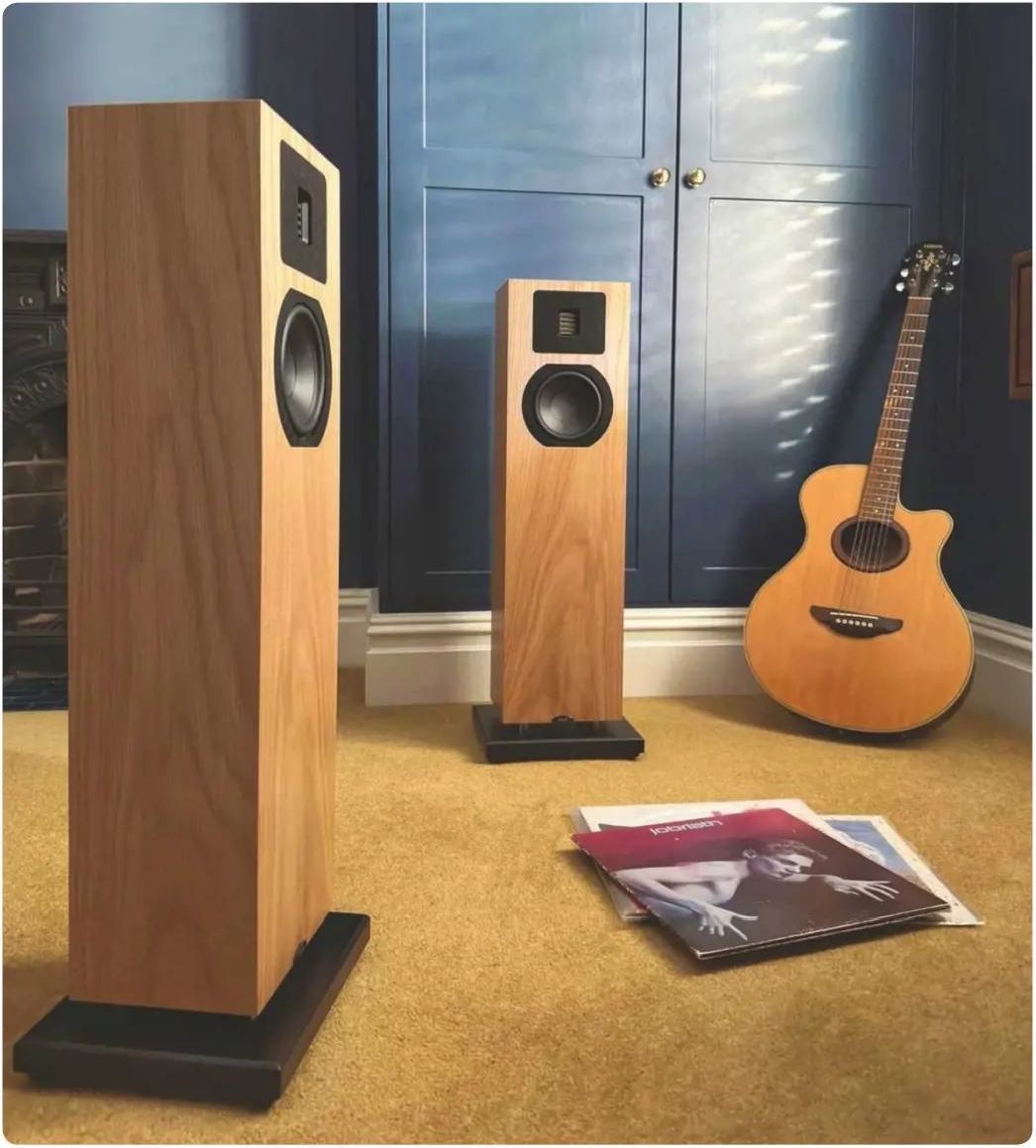
The caveat to this overwhelming feeling of positivity is that the Neat needs plenty of power. A significant amount of testing takes place on the end of a Leema Neutron and Graviton pre and power amplifier – which have more than enough grunt to ensure that the Mystique sings – but it is notable how much higher the level required is over other speakers. In short, the Mystique needs a fair bit of power to really show what it can do.
It’s worth indulging it, however, because it’s capable of delivering a level of musical joy that’s hard not to be captivated by. For a period of time I use it in the company of a Technics SL-1200GR2 and a spirited run through Beat Noir by largely forgotten Scottish post punk band Finger Printz gives a demonstration of everything that the Mystique does so well. The wonderfully tight and immediate sound of the band underpinned by Bogdan Wiczling’s drumming is reproduced in all its head nodding brilliance. There’s the space on hand to get a handle on the musicianship involved, but it’s never achieved at the expense of the overall musical message. Absolutely nothing I listen to on the Mystique so much as dents this feeling of joy.
Conclusion
The final member of Neat’s Classic Trilogy might have been dormant longer than the other two models, but the revitalised version that results manages to feel like exactly the right speaker for the demands of the present. So long as you have the power to drive it, the Mystique Classic consistendy delivers a performance that balances realism, scale and presence with an underlying musical joy that is addictive to spend time with. This is an outstanding arrival and a must-audition for anyone looking for speakers at the price
HOW IT COMPARES
The Mystique Classic is more expensive than Rega’s Aya floorstander, but is a fascinating comparison. The Rega is more detailed and revealing than the Neat and a great deal easier to drive. The effort that it has put into the innovative GRC cabinets is worthy of note because the Aya often manages to sound more transparent than the Neat does. If you have the power to drive the Mystique Classic, though, the bass extension, spaciousness and feeling of joy that it can deliver begin to justify the extra cost.
OUR VERDICT
Neat Mystique Classic - Announcement Video
Today we unviel the new speaker in the classic range of speakers, the Neat Mystique Classic. For more information please visit: ...
Neat Acoustics Mystique Classics at The Bristol HiFi Show 2024
Always one of my favourite rooms at The Bristol HiFi show, you really can't wrong with a pair of neat Acoustics loudspeakers, ...



